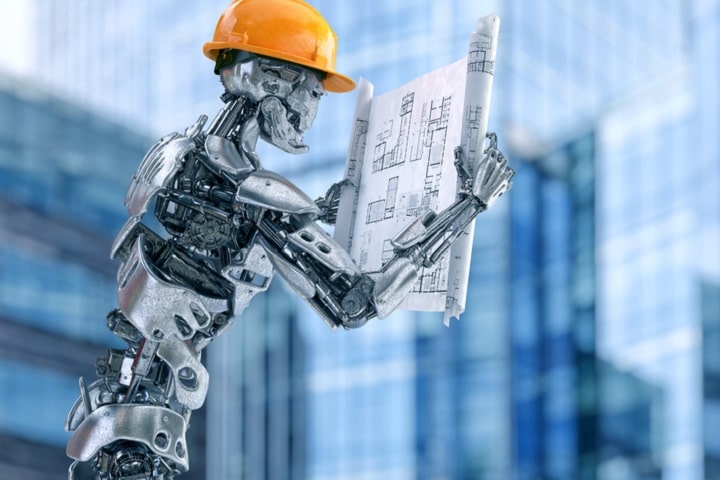Let us ask a question to ourselves. What is the most significant and praiseworthy development the modern world has witnessed till date? I am sure the first bracket shall for sure include the infrastructural advancement which has taken place in this century. And by that, we just don’t mean to zero in one particular segment but all three of them i.e. Roads, Bridges as well as Tunnels. Business opportunities have given way to some real enhanced road development which has taken place off late. Add to it the prowess of cutting edge technology and one shall realize the extent to which the development has taken place which people wouldn’t have thought-off a decade back.
3 major technologies impacting in building monumental infrastructure are:
- Imageries
- Robots
- RFID Tags
1. Imageries
Roads, tunnels and bridges owe a lot of their success to drones. Yes, they have made it possible to approach the most inaccessible of landscapes and provide images which in turn would help the architects and contractors to decide their further course of action. These drones have indeed helped to save a lot of time and manpower as one can gauge well in advance the exact number of labourers required at the point of the site as well as the design and advancement of equipment which can be put to use when dealing with a tough and complex drill.
2. Robots
Especially in scenarios where bridges are involved, their role has indeed become very crucial. There are certain areas where due to the complexity of the design, it is very hard for the workforce to approach. This is where pre-programmed machinery comes into the picture. With a pre-fed data and desired design requirement, these robots help get the structure erected in due course of time. These pieces of humungous infrastructure require excavators, cranes among many other equipment, and the role of robots in their functioning has become important than ever imagined.
3. RFID Tags
Use of sensor technology has also become very pivotal in the construction of these advanced infrastructures. It is often seen that work gets stalled at construction sites due to exhaustion of materials. Let alone the small scale infrastructure, when the same takes place in case of huge infrastructural projects which have a schedule to keep, the expense involved is humongous. RFID tags trigger an alert as and when a material is on the verge of exhaustion. The sensors alert the supervisor who in turn makes the appropriate purchase and makes sure that there is no dearth of materials at the site.
All the above technological elements have one thing in common; they help save a lot of time. With these innovations coming in the forefront, many projects, big or small, have started to adopt them in the initial phase itself.
If we observe, the scenario in developing economies, there has been a rapid growth in the past few years when it comes to infrastructural development. Two factors that have caused this to happen are:
- Importing upgraded technology
- Creating avenues for the skilled technical workforce
In the first factor, let us discuss the example of Artificial Intelligence- AI. In all probabilities, AI has made the life of a structural engineer, an architect, and a contractor way too easy. Even before the construction of a tunnel, bridge or a road physically starts, these decision-makers can easily get to know how the shape, design and the end picture of a structure would look like. This aspect makes sure that architects already have pictured how elements in the structure would look and function. The role of AI has made significant inroads in developing countries where completion of the projects within holds the key to containing expenses.
Effective and efficient use of technology demands a lot of skill and training. Developing economies have given due cognizance to it and have made sure they get the skilled workforce from conducting proper training methodology. Once that takes place, architects and contractors are rest assured that the equipment is handled as per there prescribed process so that the structure comes up as per the plan.
Roads, bridges and tunnels have indeed seen a monumental shift; not only in their numbers but also in the way they are constructed. All thanks to the advancements that have occurred, both technologically and otherwise. This shift has paved the way for a reason to believe that innovation will keep coming up in the infrastructural landscape in the years to come.




































